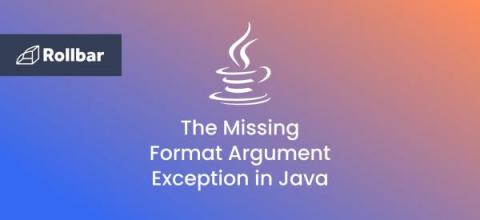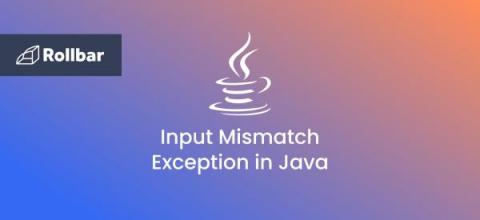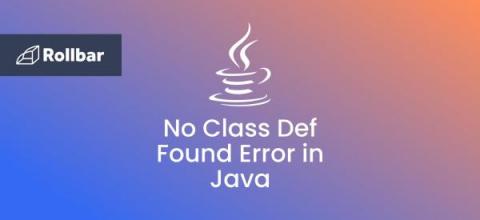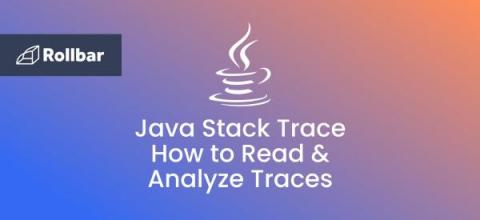How to Fix the Missing Format Argument Exception in Java?
The MissingFormatArgumentException is an unchecked exception in Java that occurs when a format specifier does not have a corresponding argument or if an argument index points to an argument that does not exist. Since the MissingFormatArgumentException is thrown at runtime, it does not need to be declared in the throws clause of a method or constructor.











